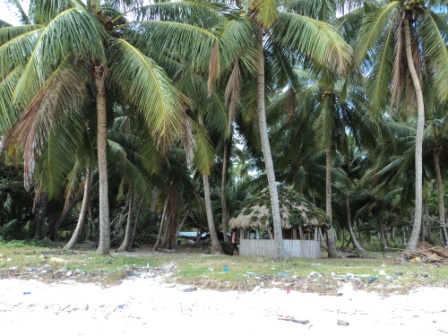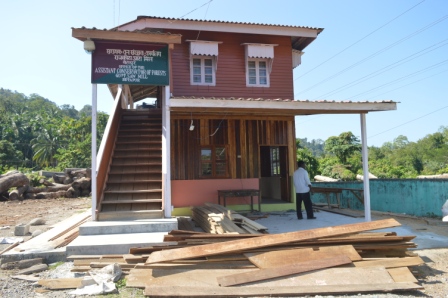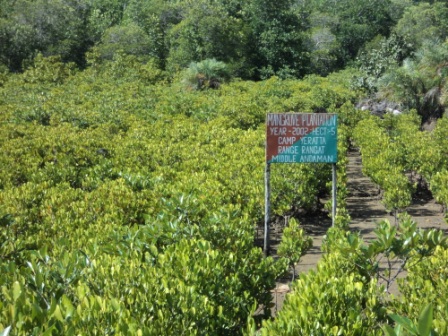

Department Of Environment & Forest
Andaman & Nicobar Administration
"Conserving Forest & Wildlife"

 Sub-Sector: Forestry and Wildlife Scheme No.: 3
Sub-Sector: Forestry and Wildlife Scheme No.: 3 Sub-Sector: Forestry and Wildlife Scheme No.: 9
Sub-Sector: Forestry and Wildlife Scheme No.: 9 Sub-Sector: Forestry and Wildlife Scheme No.: 11
Sub-Sector: Forestry and Wildlife Scheme No.: 11 Sub-Sector: Forestry and Wildlife Scheme No.: 12
Sub-Sector: Forestry and Wildlife Scheme No.: 12